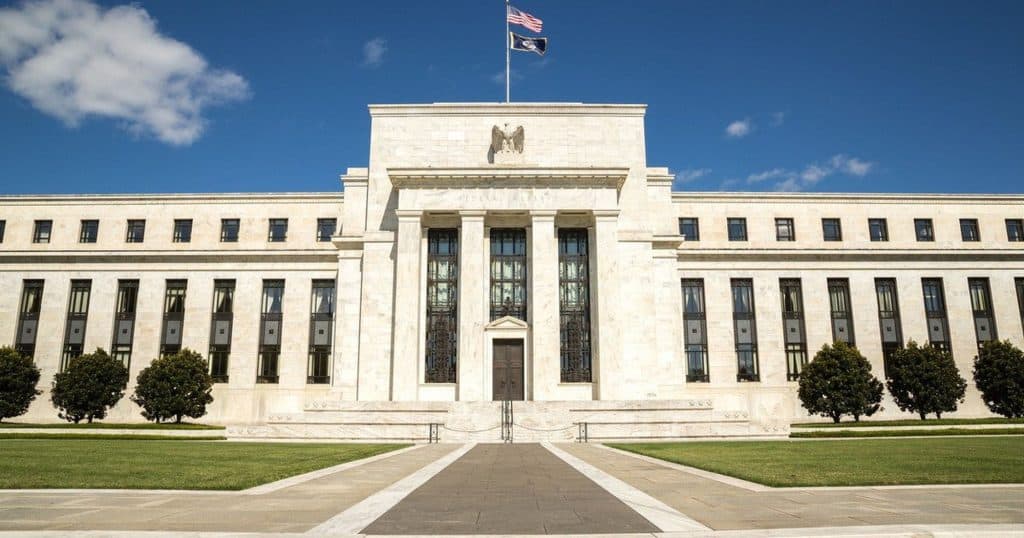
The stock market moved lower again on Wednesday, showing the continued nervousness among investors in the current macroeconomic environment. As we’ve seen in recent days, the Nasdaq Composite (NASDAQINDEX:^IXIC) took a bigger hit than most other major stock indexes. As of 11:15 a.m. ET, the Nasdaq was down 105 points, or almost 0.7%.
The primary source of anxiety for market participants has been uncertainty about the future path of interest rates. With inflationary metrics at levels not seen in decades, many anticipate that the Federal Reserve could take steps to try to rein in price increases. Many investors have noticed that those expectations have often led to larger pullbacks in the most prominent Nasdaq stocks than in other areas of the market. Below, we’ll give a brief explanation as to why.
What the Fed wants
The federal government has given the Federal Reserve a dual mandate. The central bank is responsible for setting monetary policy that will encourage full employment while maintaining inflation rates at manageable levels.
For much of the past two decades, the Fed has been highly effective with both of these goals. Job growth has generally been consistent, with a below-average number of recessions creating temporary rises in unemployment. Inflation has been subdued throughout the period, even as unique challenges like the financial crisis in the late 2000s led the central bank to send interest rates to rock-bottom levels to encourage economic growth.
However, the COVID-19 pandemic created disruptions that threw monetary policy out of equilibrium. With massive unemployment stemming from the economic shutdown at the beginning of the pandemic, the Fed had to prioritize jobs over price containment. When demand for products and services plunged, there wasn’t any inflationary pressure. But as the economy has recovered and reopened, demand has returned more quickly than supply has recovered. The result has been a lot of money chasing too few goods and services, sending prices higher.
Policymakers are therefore looking at appropriate measures to contain inflation. The first possible response is to wind down the asset purchases the Fed has made under its quantitative easing policies in recent years. The Fed also has the power to boost short-term interest rates, which has historically been its typical tool to keep inflation at bay during fast economic expansions.
So why does the Nasdaq get hit?
The most common argument about why Nasdaq stocks take outsized hits amid worries about interest rates has to do with stock valuation. Many investors use valuation models that take future earnings or cash flow and discount them to the present using current interest rates. The higher the rate, the less future cash flows or earnings are worth in present dollars. That sends the share price down.
However, there’s one assumption that such models make: that high-growth companies won’t be able to boost the prices of their goods and services to match the inflation rate. That may be true for commodity-type businesses with intense competition and not much to distinguish one company’s products from another’s.
For top high-growth stocks in areas like software-as-a-service and cloud computing, though, that assumption doesn’t seem as compelling. Businesses need the services that these companies provide, and that creates pricing power in many instances that should help sales rise with inflation.
Haves and have-nots
At this point, the smarter distinction is to see what financial resources companies have. Small high-growth players that have to count on continued favorable conditions in capital markets to provide liquidity could well be vulnerable to Fed moves. By contrast, those companies that have anticipated the current uncertainty by raising capital already should be in better shape. Because the market isn’t drawing these distinctions, you might be able to pick up some beaten-down stocks at a bargain no matter what the Fed does next.
























